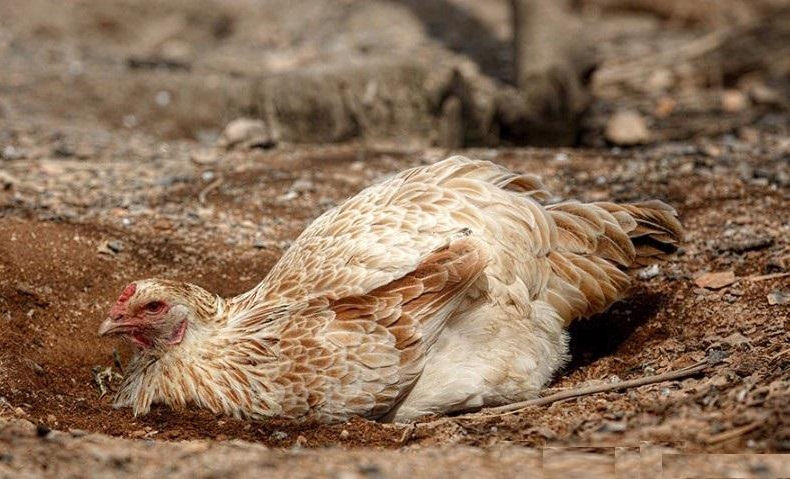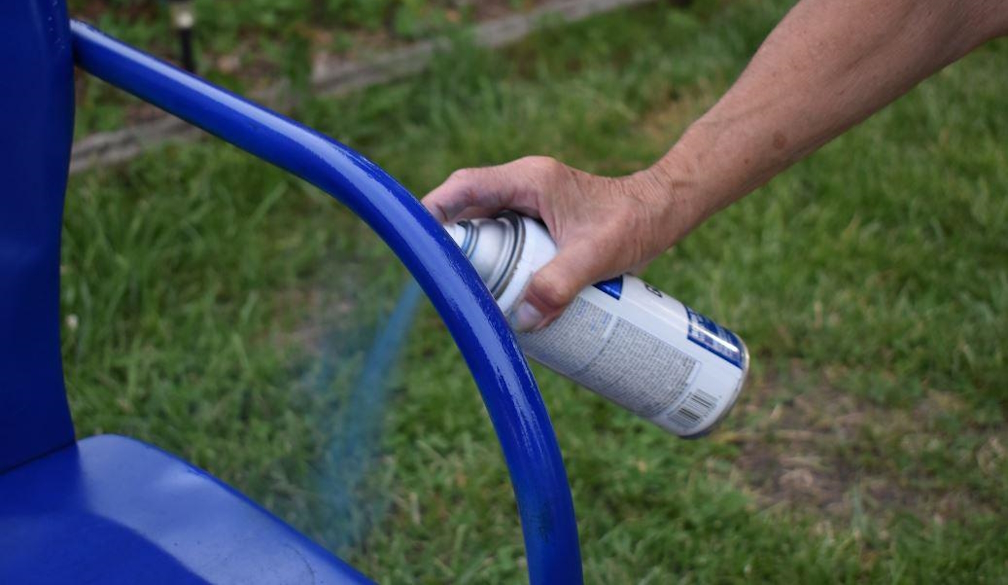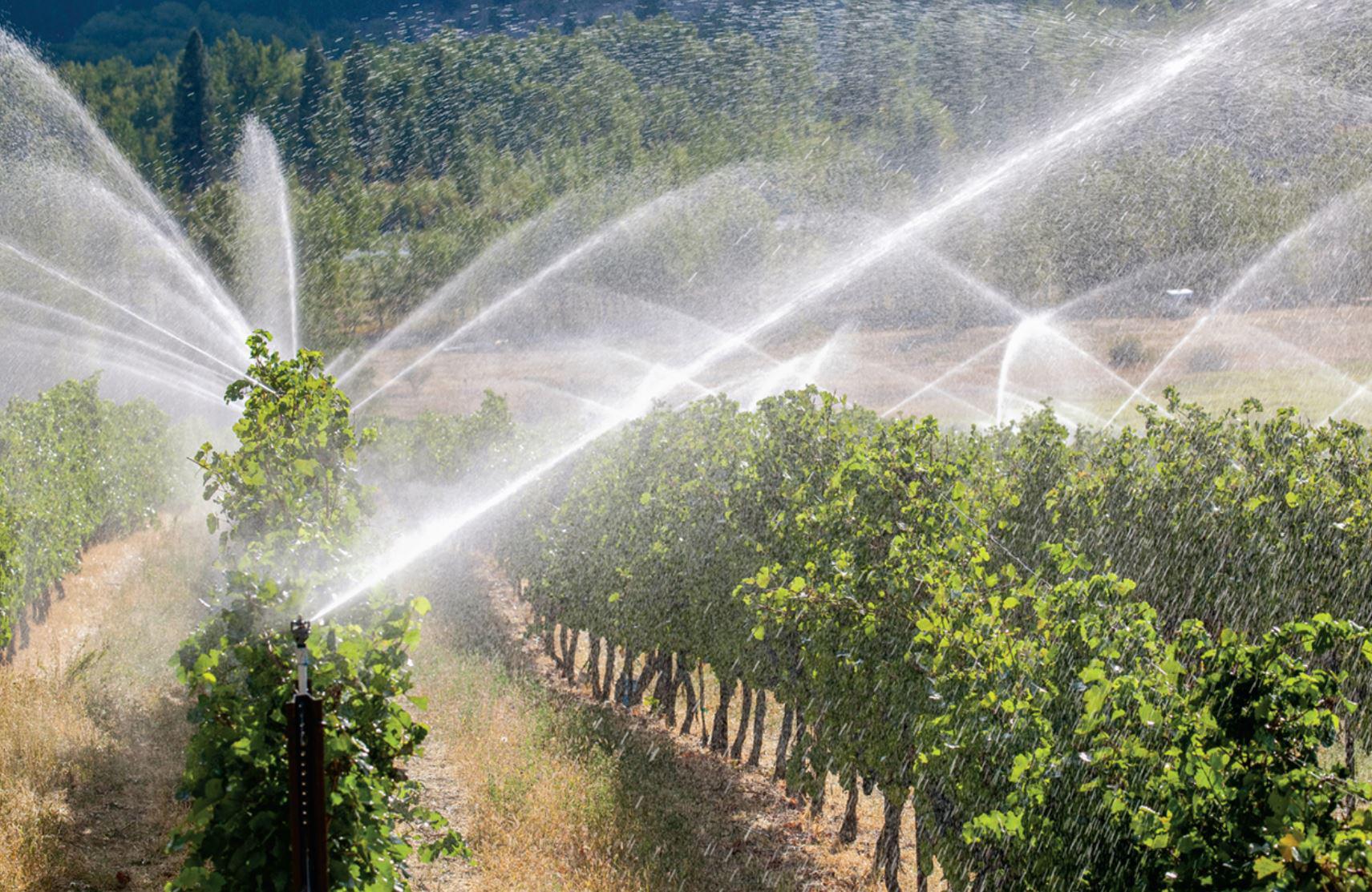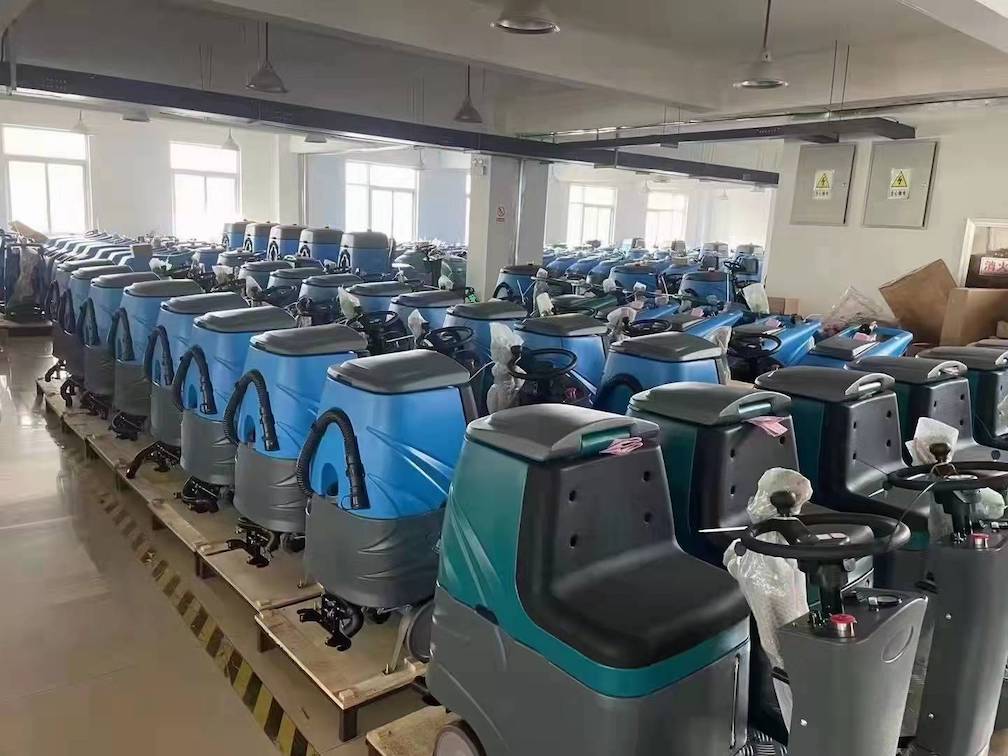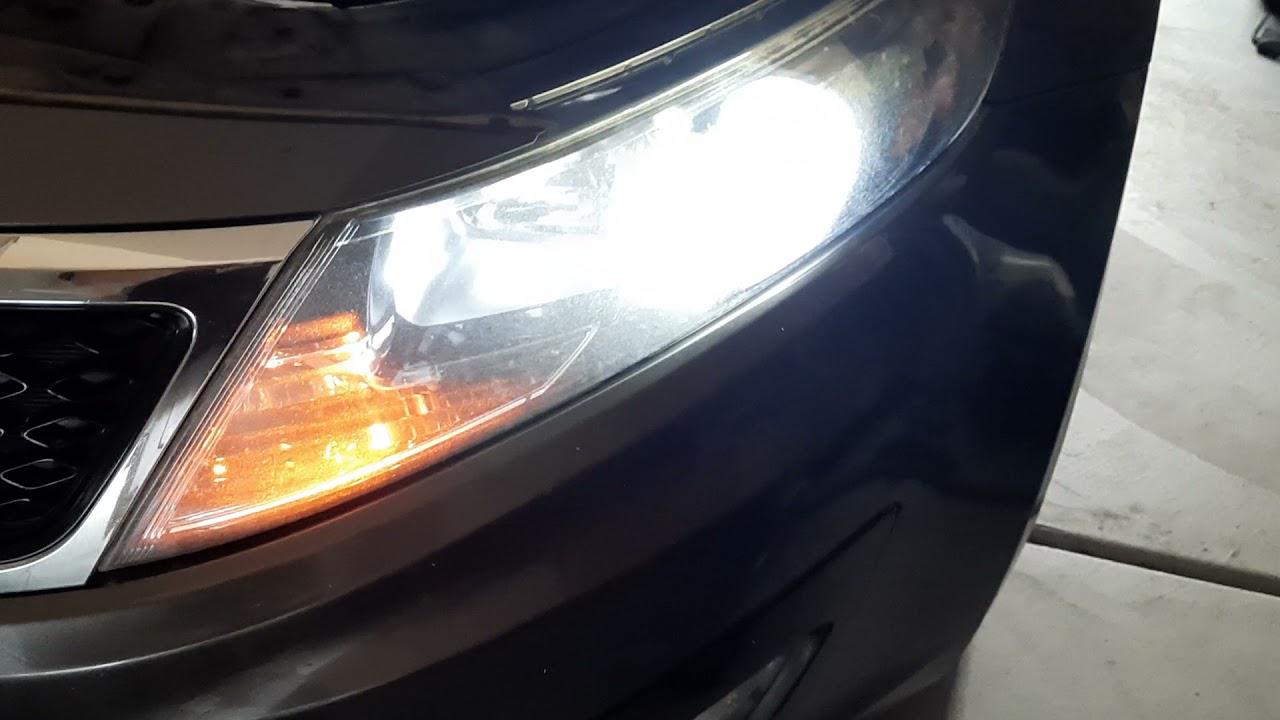2HSL Float: A Guide to Choosing the Perfect Horse Float
- Written by Daily Sun
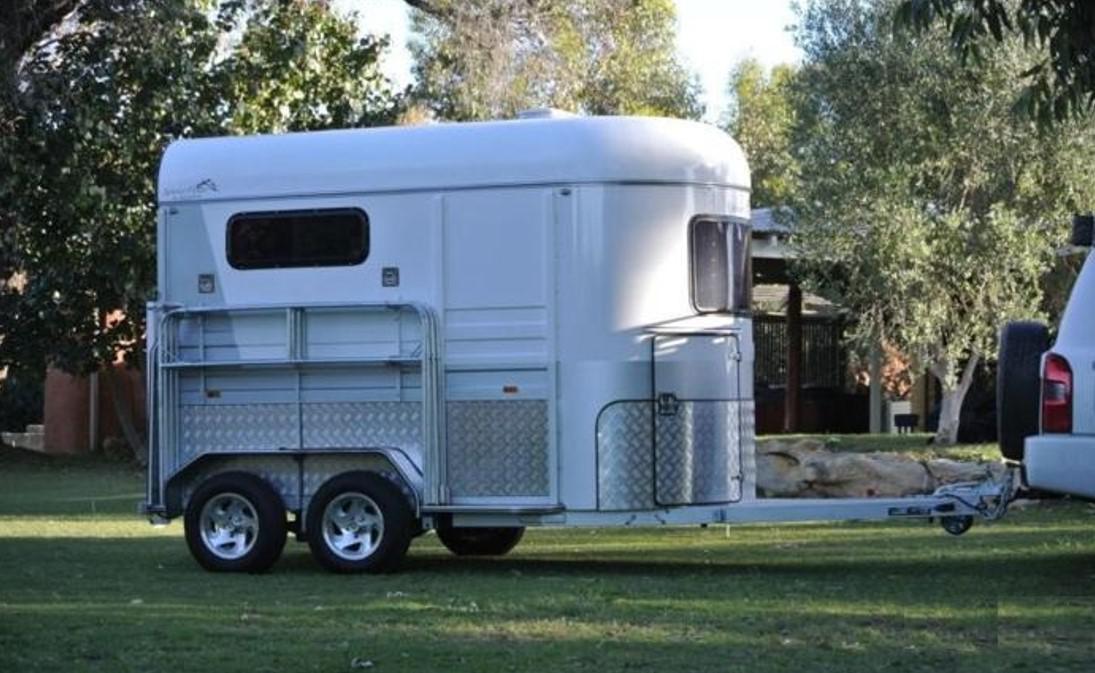
Transportation of old times and if you want to keep it classic, then horse float kicks in. As a horse owner, choosing and buying a suitable horse float can be challenging. Everyone is thinking of safer and more convenient transportation options that are classy too. The two-horse 2HSL straight-load float is a saving for you as it is a popular option. This is for the straight load setup and accordingly, optimisation is also done. Budget considerations and knowing what to buy when it's needed and basic. Since there are two horses in this float, it is styled and designed to transport two main horses. These horses are managed in transportation and held tighter side-by-side. In this arrangement, they face towards the trailer. This transportation option is spacious, comfortable and safe. If the horses are upended side by side, they will be getting support and space from each other. The stability and larger trailer make it easier to manage compact and steady towing transportation.
2HSL Float: Ideal Key Qualities for Sale
Though safety, space, comfort, and other luxuries are counted, still there are keys for sale. Consideration of these basics can help you, for example, dividers and padding. If you are looking to explore the market for 2hsl float for sale, then remember the keys. Though the horses are settled adjacent, still look for floats with dividers. This will exclude you from grievances, no welts, and annoying touching between horses. This will offer them comfort and space for briefer slogs. Horse protection is much considered, is it not? So, to stop that and make sure the protection is maximum, extra layering is done on the floats. The weather is changing round the year; hence the ventilation consideration cannot be unseen and unaddressed. In any horse float, proper ventilation is top-tier and basic. New advanced models with ventilation, proper airflow, windows, and an adequate interior are great. It's ideal for hot and humid weather since the ventilation gets you covered for all seasons. Non-slip, solid, and comfortable flooring with a rubber mat to offer you a cushion. This will provide extra protection to the horses as well as no damage.
Floor material should be easy to mop and clean and must be hazard-free. Check the ramp - if it is solid, strong and sturdy, it can be ideal for loading and unloading, and check the ramp's incline too. Nothing should be too steep or slippery, and storage options must not be neglected.
2HSL Float: Everything to Cogitate
We have seen and studied multiple factors of the 2hsl float for sale. Material considerations are not ones to ignore and there is longevity, weight etc. this all is important to consider and not to ignore. Steel, aluminium, and composite steel are coming handy and commonly used. This will help 2hsl floats to be saved from weather damage, any wear and tear and steel will be saved. Regular maintenance will avoid rusting, the material will be easy to maintain and no challenges. No extra expense and better fuel efficiency and other composite materials will back the strength and no rust resistance. It's the best style and it will last longer and the safety will be better for the rider and the horse. The 2hsl float must have a top-class breaking system, smoother stops and no strain.
The new models may have hydraulic and electric breaks. There is light for visibility and safety on roads you will have the safety confidence and divers can helpfully find way. Once bought and invested in, the horse float with are regularly maintained, checking up on small components and cleaning saves it. Inspecting the hinges and latches helps it function smoothly and is worth the money. If you have considered many factors, maintenance can save you money and is worth the price the longer it goes.




